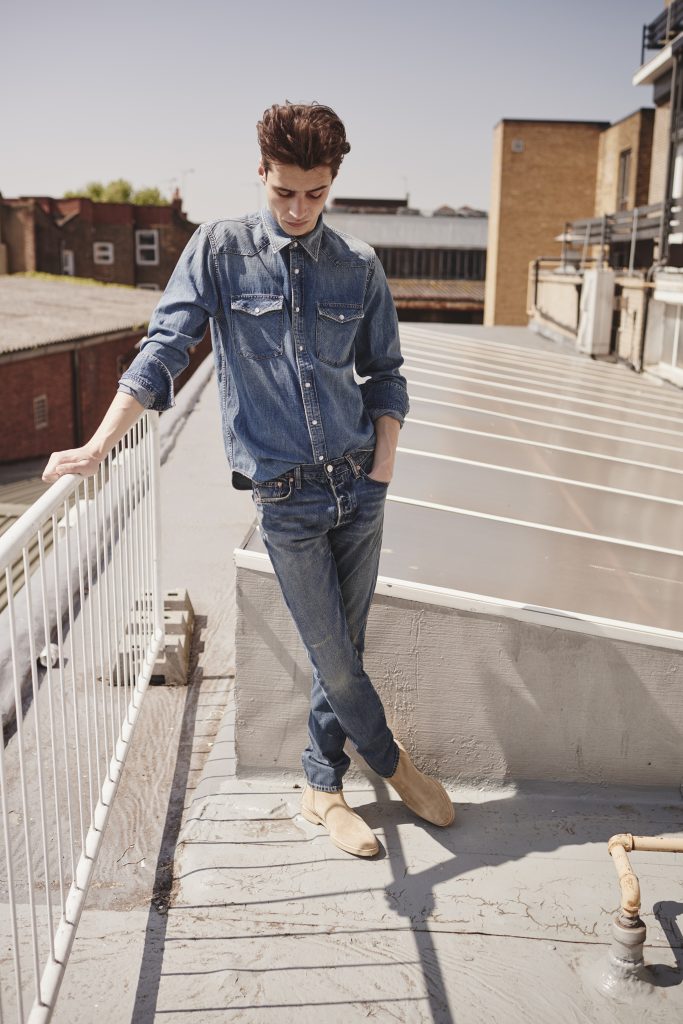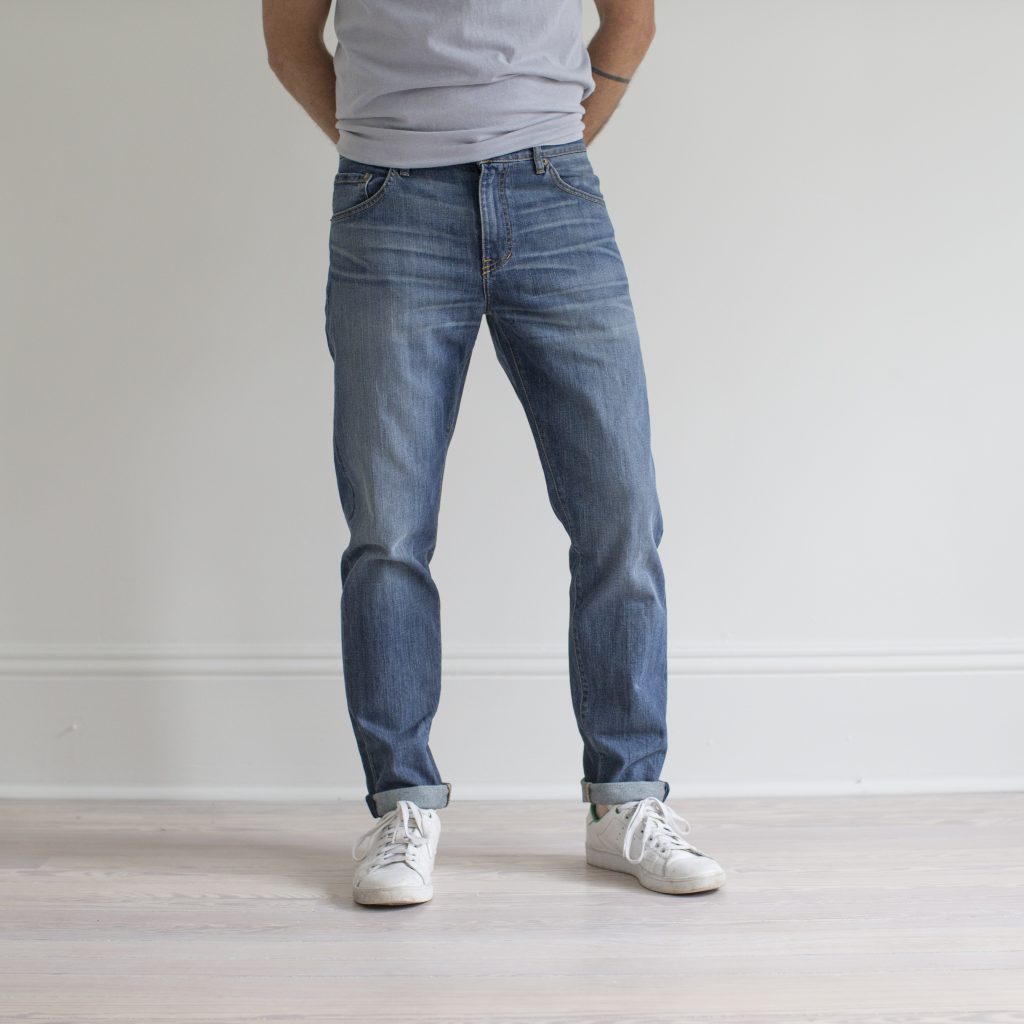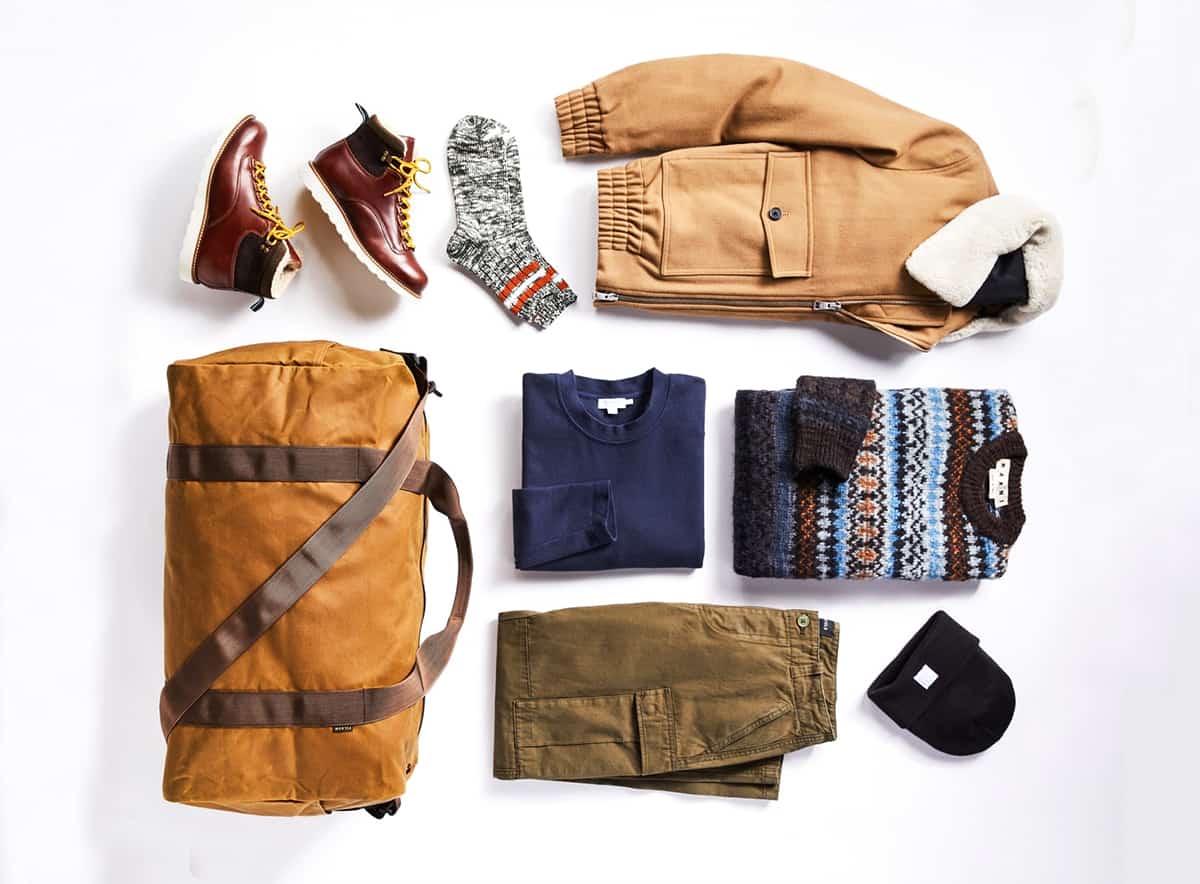CONTEMPORARY CHOICES

It’s one of the most misunderstood product categories out there: Contemporary sportswear. What is it? Who buys it? When, what and how much should you carry? Here, advice on how to do it right from those in the trenches.
What’s the definition of “contemporary” anyway?
Though it means different things to different people, the overall consensus is that it encompasses fashion-driven product that’s priced in the sweet spot between designer and moderate. “My opinion of the word ‘contemporary’ means relevant product at a digestible pricepoint,” says Simon Spurr, new global creative director of 7 for All Mankind. “[It’s] a premium product that reflects the current mood of the day. And if it’s to last the duration, the product must be made with soul and integrity.”
Paul Witt, founder of the two Wittmore boutiques in Los Angeles, agrees. “I would say Wittmore is a modern contemporary store for men,” he says. “We focus on quality not quantity. Contemporary customers have great personal style and like to try new things.”
Jim Giddon, co-owner of Rothmans in New York, sees it in black-and-white terms: “If I had to define ‘contemporary sportswear’ I’d say that anything my father would wear is traditional. All else is contemporary.”

What’s selling best in this category?
Wittmore’s top brands are currently Officine Generale, Corridor, Cuisse De Grenouille, Relwen and Patagonia. “It’s a mix of casual, contemporary and laid back tailoring,” says Witt.
At Rothmans, Giddon says slim-fit pants from five-pocket jeans to flat front twills in cool fabrics from the likes of J Brand, Joe’s Jeans and Ballin lead the bottoms category while textured knit tops, henleys and V-neck henleys (aka venleys) by Benson and Raffi are big draws, along with super comfortable or patterned sport shirts by WRK, Ted Baker, Zachary Prell and Rodd & Gunn.
Does the contemporary customer want trend-driven product, e.g. 1990s revival logo-driven styles that have put Champion, Fila and other athletic/street brands back on the map?
The simple answer is no – especially if your customer base is more traditional/dressy. “We’ll dabble a few hoodies and sweatshirts in this style but overall, it’s not our guy,” says Melissa Austria, owner of Gotstyle in Toronto. “We did try it with some brands last season and failed miserably with it!”
Rothmans and Wittmore concur. “I like, and appreciate, the look for the streetwear crowd,” says Giddon. “However, we currently sidestep that whole category. NYC has a plethora of other stores that specialize in those looks.”
Adds Witt: “We dabble a little with that look but not entirely. I focus more on long sleeve tees, soft garment dyed fabrics and trend-driven accessories. Large logos don’t really move for us.”
Even more cutting-edge contemporary stores such as Kinfolk, which operates outposts in Williamsburg, Brooklyn and Tokyo, are also shunning this trend. “Few of the brands we carry are part of that ’90s revival,” says co-founder Jey Perie. “I think some elements of that trend will remain for a few more seasons but I also believe the next two years will see a reemergence of more formal fashion, bringing the idea of ‘dressing up’ back into the conversation.”
However, younger customers are still eagerly filling their online carts with these retro looks, observes Stephanie Nelson, general merchandise manager for e-tailer East Dane and its sister site ShopBop. “I lived it the first time around and am loving it even more now!” she says. “I’m looking forward to remixing the ’90s trends in a new way which I think our customer will also love. As with most trends, we have a customer who loves–and is willing to try-what’s new. We see the trend evolving to include neon, printed matching sets and bold tropical prints.”

So how does one make money in the contemporary category?
“To be profitable it’s best to have a balanced assortment – somewhat narrow and a little deep,” says Witt. “Otherwise the assortment is overwhelming and the message gets lost.”
“The key for us is to finesse the balance between regular price and off-price merchandise,” notes Giddon. “We often start with a small quantities in a wide array of patterns or fabrics. We then chase the early winners, and buy them deep, at a discount.”
For Kinfolk’s Perie, the key word is reinvention. “One pattern I’ve found defines the retail experience the last few years is that trends start fast and die even faster. Every season you need to reinvent your contemporary category. It’s harder and harder every season to take a brand from no exposure, invest in it and let it grow. Now, you either invest in classic brands such as Carhartt or Stone Island or you bet on ‘Project’ brands that have a three to four season lifespan.”



A really great article think of the money that could be made if off-price retailers like TJX group Ross and Burlington really made an effort to go after this customer I still think the price is very important today for that contemporary customer